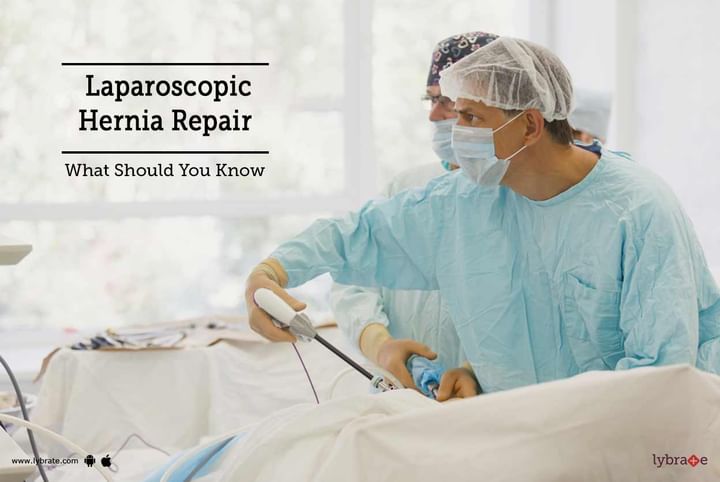Laparoscopic Hernia Repair - What Should You Know
Hernia refers to the condition when an organ or fatty tissue inside the body begins to protrude from its location. Hernias are mostly detected in the groin, belly, or the stomach region. They occur because of muscle weakness in the said region where it is detected but they can be treated with surgery. In most cases, a surgery is prescribed and laparoscopic hernia repair is a very popular surgical procedure that has proven to be successful in most of the cases. This is why a growing number of patients decide to go for it.
Laparoscopic hernia repair: procedure: In this surgical procedure, a laparoscope (an instrument with a high-resolution camera and high-intensity light) is passed inside the abdomen through small incisions that varies between 0.5 and 1.5 inches in length. When the laparoscope moves inside the abdomen, it sheds light on the hernia and sends the images to the monitor connected to it. The surgeon views the hernia on the monitor and then the abdominal cavity is made to swell with carbon dioxide so that the surgeon can find enough space to operate the hernia. Once this is done, the surgeons operate the hernia with tiny surgical instruments. Once the hernia is removed, space or the hole is covered with a mesh from inside the abdomen.
Advantages of laparoscopic hernia repair: The laparoscopic procedure is popular because it is comfortable for the patient in many ways. They have to endure lesser post-operative pain as compared to open surgery, which means the recovery is quicker. They require lesser drugs for healing and the patient can get back to work in fewer days. It is an advanced form of surgery and thus, gives better results.
Disadvantages of laparoscopic hernia repair: While the non-invasive laparoscopic surgery has several advantages, it also comes with some drawbacks. It is lengthier in comparison to open surgery and also costs more. It cannot be performed by all the surgeons and only those who are skilled in this type of surgery can do justice to the different cases of a hernia.
Recovery after laparoscopic hernia repair: The patient takes one to two weeks after the surgery to return to light activity and daily routine. Nevertheless, heavy exercise and strenuous activity should be avoided until four weeks after the surgery. The full recovery time differs from patient to patient depending on their age, gender, and health condition but one month is the average time for full recovery.
555 Manish Technique for inguinal hernia repair:
Totally extra-peritoneal (TEP) repair of inguinal hernia is now a standard surgical technique. A 12 mm incision in infra-umbilical region for Hasson trocar is must for TEP repair of inguinal hernia. This is the only technique known to laparoscopic surgeons. We have innovated a "555 Technique" for completing Mini TEP repair of inguinal hernia by using all three 5 mm ports.
555 Technique" is a feasible option without compromising the principles of TEP repair for inguinal hernia. Innovation of simple "Manish Retractor" is the key in completing Mini TEP repair. This technique is simple, less invasive, less morbid, and cost effective as it avoids dependence over costly Hasson trocar with better cosmetic results. In case you have a concern or query you can always consult an expert & get answers to your questions!



+1.svg)
